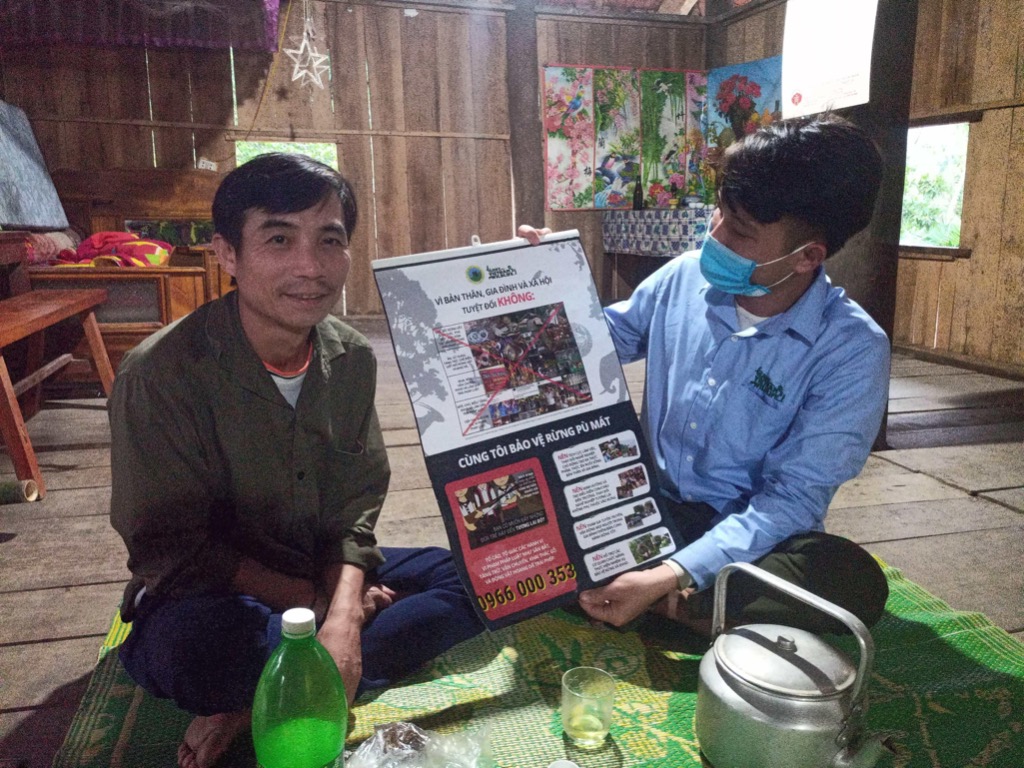Social participation in the implementation of the ecological restoration strategy.
Its purpose is to involve local communities in the restoration process, depending on the socioeconomic environment prevailing in the area, with special attention to the aspirations of local communities in terms of the future they want for the space they inhabit. Therefore, in the implementation of the restoration strategy, local communities made up of children, youth and adults were involved in activities such as:
(i) Identification of the areas to be restored.
ii) Construction of community nurseries for the propagation of high Andean forest species. iii) Participation in the implementation of isolation in areas under pressure from agricultural activities, in order to encourage the use of the region's own natural resources that contribute to valuing the existing biodiversity and ensure the long-term continuity of the project, taking into account the important knowledge that the community has about their region, its history of use, the location of the species and in some cases their propagation.
